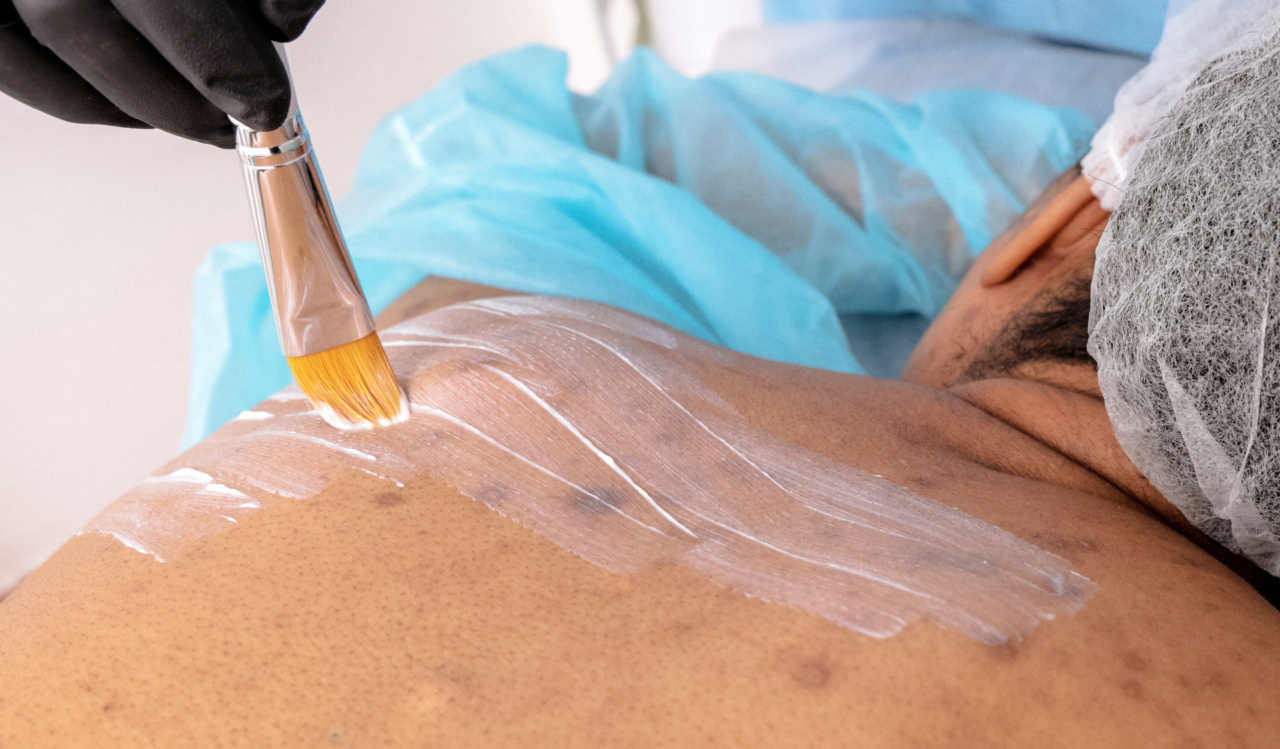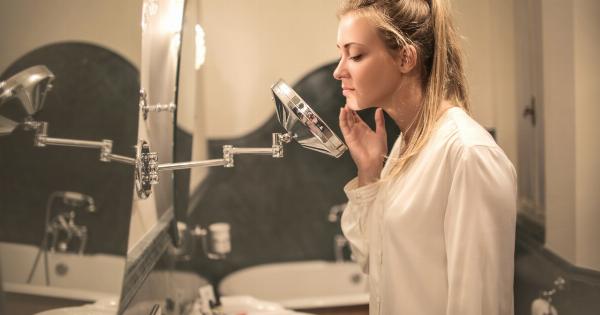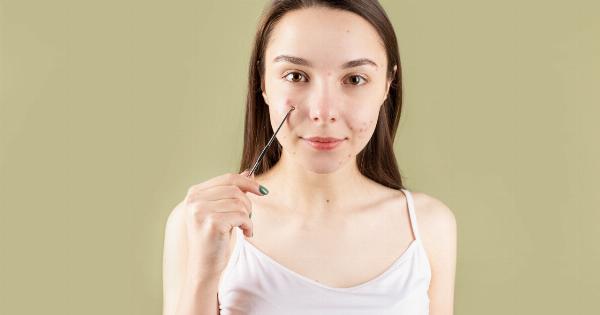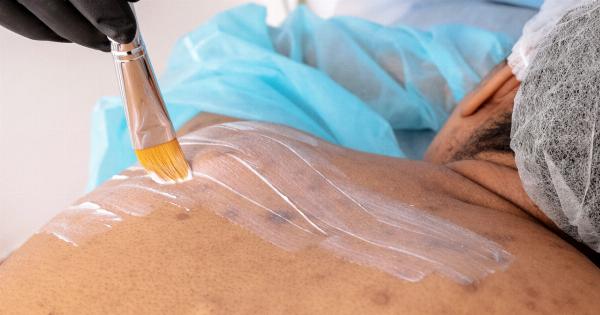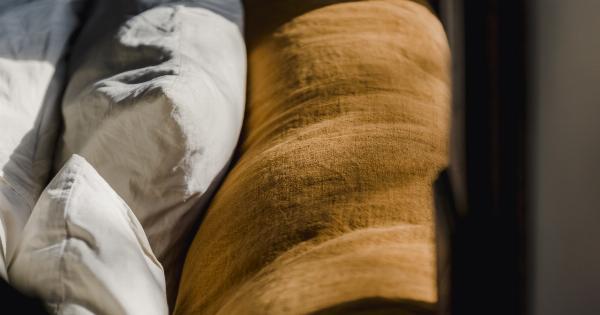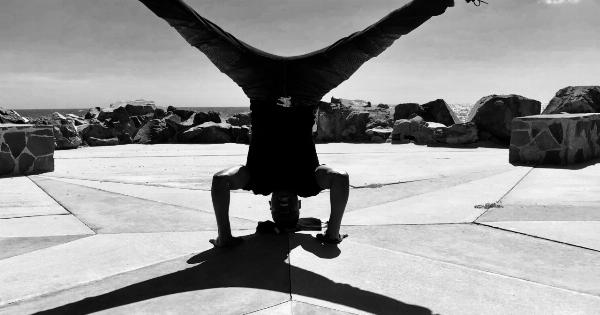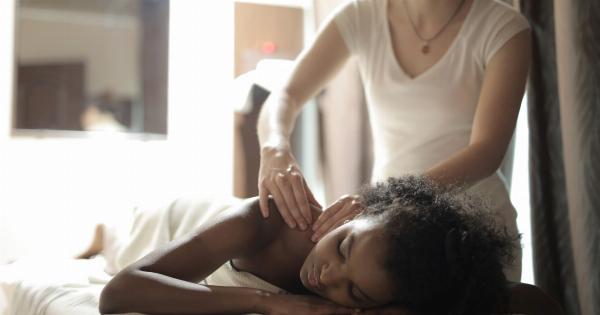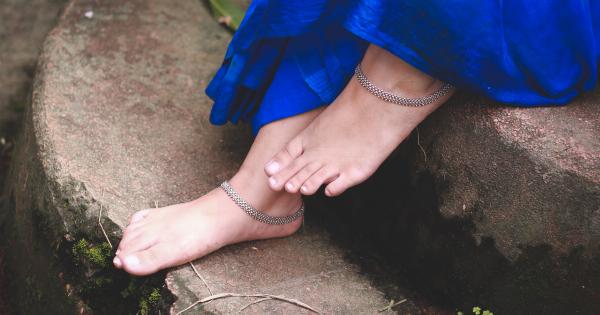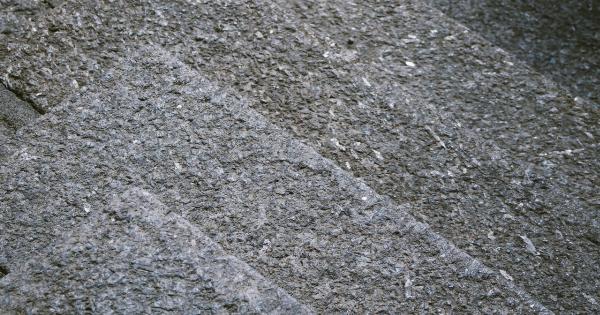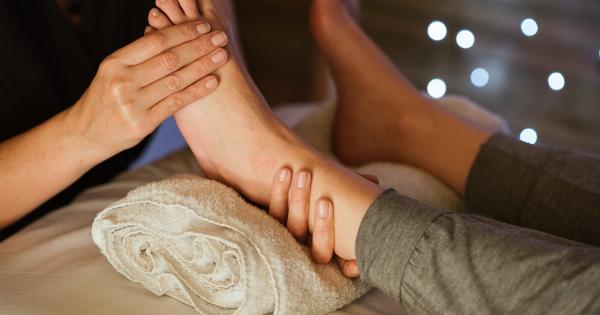Acne is a common skin condition that affects many individuals, and it can occur not just on the face but also on other parts of the body, including the back.
Back acne, commonly referred to as bacne, can be equally distressing and can significantly impact one’s self-confidence. Understanding the causes and available treatments for back acne is crucial in effectively managing and reducing its occurrence. This article aims to provide comprehensive information about the causes and treatments for back acne.
Causes of Back Acne
Several factors contribute to the development of back acne. These causes can vary from person to person, and understanding them can help in finding the right treatment approach. Here are some common causes of back acne:.
1. Excess Sebum Production
Sebaceous glands are present throughout our skin, including the back. These glands produce an oily substance called sebum, which helps keep the skin moisturized.
However, excessive sebum production can clog the hair follicles and lead to the formation of acne.
2. Hormonal Imbalances
Hormonal changes during puberty, menstruation, pregnancy, or conditions like Polycystic Ovary Syndrome (PCOS) can trigger the overproduction of sebum. This excess sebum can mix with dead skin cells and bacteria, leading to the development of back acne.
3. Friction and Pressure
Tight clothing or carrying heavy backpacks regularly can create friction and pressure on the back, irritating the skin. This friction and pressure can disrupt the normal functioning of the sebaceous glands and contribute to acne development.
4. Poor Hygiene
Not maintaining proper hygiene, such as not showering regularly or not washing sweaty clothes, can create a favorable environment for bacteria to thrive. Bacterial growth, combined with clogged pores, can lead to the formation of acne.
5. Diet
Although research is ongoing, certain dietary factors, such as consuming high-glycemic foods (sugary and processed foods) and dairy products, are believed to exacerbate acne in some individuals.
However, more scientific evidence is required to establish a direct link.
Treatments for Back Acne
Successfully managing back acne involves a combination of lifestyle changes, skincare practices, and, in some cases, medical interventions. Here are several treatment options commonly used for back acne:.
1. Good Hygiene Practices
The first step to treating and preventing back acne is maintaining good hygiene. Take showers regularly, especially after sweating or engaging in activities that cause excessive perspiration.
Use a gentle cleanser specifically formulated for acne-prone skin to clean the affected areas. Avoid scrubbing the skin aggressively as it can lead to irritation.
2. Exfoliation
Regular exfoliation helps remove dead skin cells and unclog pores, reducing the chances of acne formation. Use a gentle exfoliating scrub or a chemical exfoliant containing ingredients like salicylic acid or glycolic acid.
Be cautious not to over-exfoliate as it can irritate the skin.
3. Topical Treatments
Topical treatments are commonly used for mild to moderate back acne. Look for over-the-counter creams, gels, or lotions containing benzoyl peroxide, salicylic acid, or retinoids.
These ingredients can help reduce inflammation, kill acne-causing bacteria, and promote skin cell turnover.
4. Prescription Medications
If over-the-counter treatments do not effectively control your back acne, a dermatologist may recommend prescription medications.
These medications may include oral antibiotics to kill bacteria or oral retinoids like isotretinoin to regulate sebum production. Remember to follow your doctor’s instructions and be aware of potential side effects.
5. Lifestyle Changes
Making certain lifestyle changes can have a positive impact on back acne. Avoid wearing tight clothing that can trap sweat and irritate the skin. Opt for breathable fabrics like cotton.
Regularly washing your bedsheets, clothing, and towels can also minimize the chances of bacterial growth. Additionally, adopting a balanced diet rich in fruits, vegetables, and whole grains can promote skin health.
6. Avoiding Irritants
Identify and avoid any potential irritants that could be exacerbating your back acne. These may include certain laundry detergents, fabric softeners, or body sprays.
Opt for products labeled as “non-comedogenic” or “oil-free” to minimize pore-clogging.
7. Professional Treatments
In severe cases of back acne, dermatologists may suggest professional treatments such as chemical peels, laser therapy, or extractions. These treatments are more invasive and should only be performed by trained professionals.
Discuss the options with your dermatologist to determine which treatment is suitable for you.
8. Emotional Support
Back acne can take a toll on one’s emotional well-being and self-esteem. It is crucial to seek emotional support from friends, family, or a mental health professional who can offer guidance and help manage any distress caused by back acne.
Preventing Back Acne
Preventing back acne is often easier than treating an existing condition. Here are a few tips to help prevent back acne:.
1. Cleanse Regularly
Regularly cleanse your back using a gentle cleanser formulated for acne-prone skin. Cleanse after sweating or any activities that cause excessive perspiration.
2. Wear Breathable Clothing
Choose loose-fitting, breathable clothing made of natural fabrics like cotton to allow air circulation and reduce friction on the back.
3. Avoid Touching Your Back
Avoid touching or excessively rubbing your back, as it can transfer dirt, bacteria, and oils onto the skin, exacerbating acne formation.
4. Use Non-Comedogenic Products
Opt for non-comedogenic skincare products and cosmetics. These products are less likely to clog the pores and contribute to acne formation.
5. Maintain a Healthy Diet
Although the direct association between diet and back acne needs more research, adopting a healthy diet rich in fruits, vegetables, and whole grains can support overall skin health.
Conclusion
Back acne, or bacne, can significantly impact one’s self-esteem and confidence. Understanding the causes and available treatments for back acne is essential for effectively managing and preventing its occurrence.
Good hygiene practices, regular exfoliation, and the use of topical treatments can help in most cases. However, severe or persistent cases may require medical interventions. Remember to consult with a dermatologist to determine the most suitable treatment plan for your specific situation.
By adopting proper skincare practices, making lifestyle changes, and seeking emotional support if needed, individuals can effectively manage and reduce the occurrence of back acne.
